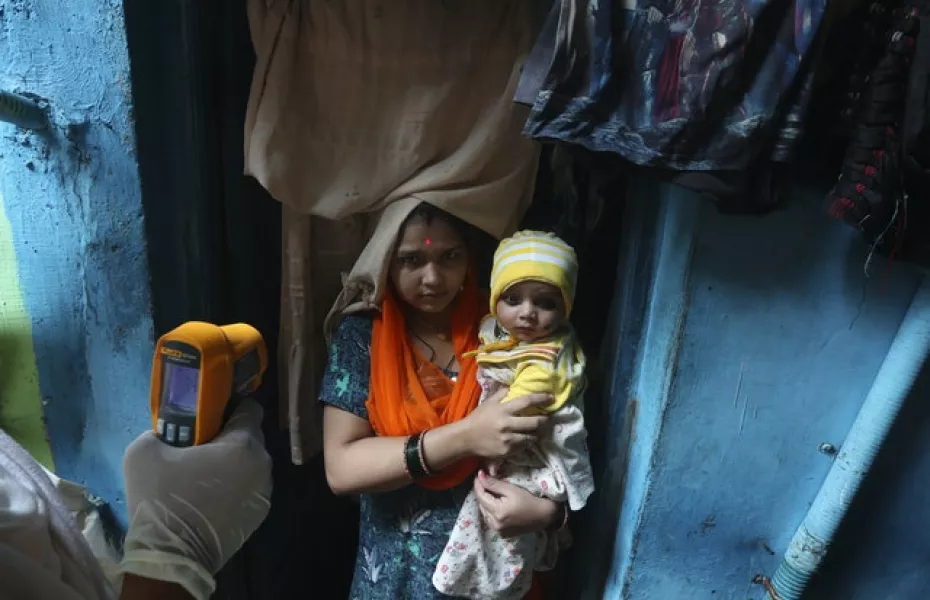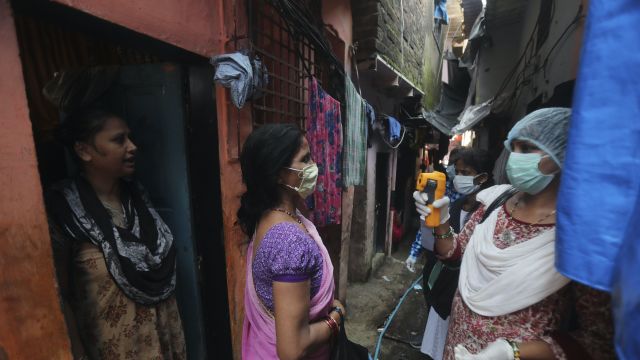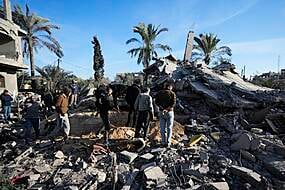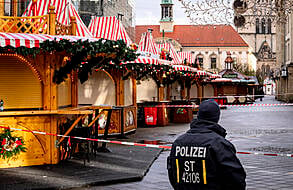Authorities recorded 86,432 cases in 24 hours pushing the total to 4,023,179, nearly 100,000 fewer than cases in Brazil which is the second-highest in the world.
The US has seen the most infections, with 6,200,186 Covid-19 cases, according to Johns Hopkins University.
Initially the virus ravaged India’s sprawling and often densely populated cities but has since stretched to almost every state, spreading through villages and smaller cities where access to health care is crippled.

The caseload in India – a country of nearly 1.4 billion people – has not surprised experts, with nearly 70,000 deaths also being recorded since the pandemic began.
The country’s delayed response to the virus forced the government to implement a harsh lockdown in late March.
For more than two months, the economy remained shuttered, buying time for the underfunded health care system to prepare for the worst.
But with the economic cost of the restrictions rising, authorities saw no choice but to reopen activities.
Most of India’s cases are in western Maharashtra state and the four southern states of Tamil Nadu, Andhra Pradesh, Telangana and Karnataka.
Even as testing in India has increased to over a million a day, a growing reliance on screening for antigens or viral proteins is creating more problems.

These tests are cheaper and yield faster results but are not as accurate, and the danger is that the tests may falsely clear many who are infected with Covid-19.
In rural Maharashtra, the worst-affected state with 863,062 cases and 25,964 deaths, doctors said measures like wearing masks and washing hands had now largely been abandoned.
“There is a behavioural fatigue now setting in,” said Dr SP Kalantri, the director of a hospital in the village of Sevagram.
He said that the past few weeks had driven home the point that the virus had moved from India’s cities to its villages.
“The worst is yet to come,” said Dr Kalantri. “There is no light at the end of the tunnel.”







